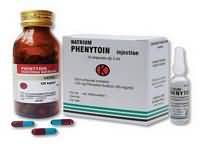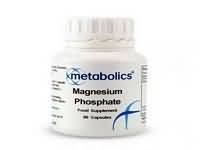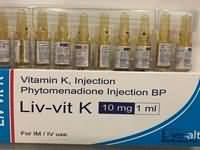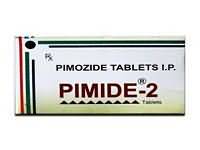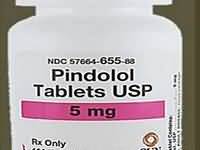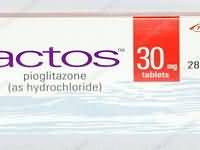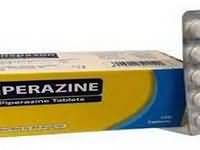Mefenamic acid

CLINICAL USE
NSAID:Mild to moderate rheumatic pain Dysmenorrhoea and menorrhagia
DOSE IN NORMAL RENAL FUNCTION
500 mg 3 times a day
PHARMACOKINETICS
Molecular weight :241.3 %Protein binding :99 %Excreted unchanged in urine : 6 Volume of distribution (L/kg) :1.06half-life – normal/ESRD (hrs) : 2–4/Unchanged DOSE IN RENAL IMPAIRMENT
GFR (mL/MIN)
20 to 50 : Dose as in normal renal function, but avoid if possible 10 to 20 : Dose as in normal renal function, but avoid if possible <10 : Dose as in normal renal function, but only use if on dialysis DOSE IN PATIENTS UNDERGOING RENAL REPLACEMENT THERAPIES
CAPD :Unlikely to be dialysed. Dose as in normal renal function. HD :Not dialysed. Dose as in normal renal function. HDF/high flux :Unknown dialysability. Dose as in normal renal function. CAV/VVHD :Unlikely to be dialysed. Dose as in GFR 10 to 20 mL/min IMPORTANT DRUG INTERACTIONS
Potentially hazardous interactions with other drugsACE inhibitors and angiotensin-II antagonists: antagonism of hypotensive effect; increased risk of nephrotoxicity and hyperkalaemiaAnalgesics: avoid concomitant use of 2 or more NSAIDs, including aspirin (increased side effects); avoid with ketorolac (increased risk of side effects and haemorrhage)Antibacterials: possibly increased risk of convulsions with quinolonesAnticoagulants: effects of coumarins enhanced; possibly increased risk of bleeding with heparins and coumarinsAntidepressants: increased risk of bleeding with SSRIs and venlafaxineAntidiabetic agents: effects of sulphonylureas enhancedAnti-epileptics: possibly increased phenytoin concentrationAntivirals: increased risk of haematological toxicity with zidovudine; concentration possibly increased by ritonavirCiclosporin: may potentiate nephrotoxicity Cytotoxic agents: reduced excretion of methotrexate; increased risk of bleeding with erlotinib Diuretics: increased risk of nephrotoxicity; antagonism of diuretic effect; hyperkalaemia with potassium-sparing diuretics Lithium: excretion decreased Pentoxifylline: increased risk of bleeding Tacrolimus: increased risk of nephrotoxicity ADMINISTRATION
Reconstition
– Route
Oral Rate of Administration
–Comments
– OTHER INFORMATION
As with other prostaglandin inhibitors, allergic glomerulonephritis has occurred occasionally. There have also been reports of acute interstitial nephritis with haematuria and proteinuria and occasionally nephrotic syndromeInhibition of renal prostaglandin synthesis by NSAIDs may interfere with renal function, especially in the presence of existing renal disease – avoid use if possible; if not, check serum creatinine 48–72 hours after starting NSAID – if raised, discontinue NSAID therapyUse with caution in renal transplant recipients (can reduce intrarenal autocoid synthesis)Use normal doses in patients with CKD 5 on dialysis if they do not pass any urine.
See how to identify renal failure stages according to GFR calculation
See how to diagnose irreversible renal disease
Home

